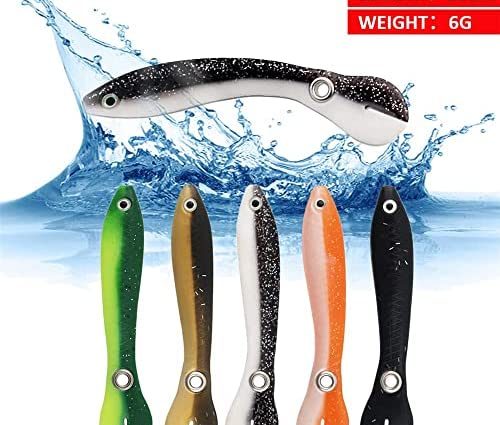The common loach, despite its peculiar appearance, belongs to the order of cyprinids and a large family of loaches, numbering 117 species. Most species live within Eurasia and North Africa. The common loach lives in the European part of Eurasia in the basin of the North and Baltic Seas. The fish has an elongated body covered with small scales. Usually the length of the fish is just over 20 cm, but sometimes the loaches grow up to 35 cm. The color on the back is brown, brown, the belly is whitish-yellow. From the sides along the entire body there is a continuous wide strip, bordering it with two more thin stripes, the lower one ends at the anal fin. The caudal fin is rounded, all fins have dark spots. The mouth is semi-inferior, rounded, there are 10 antennae on the head: 4 on the upper jaw, 4 on the lower, 2 at the corners of the mouth.
The name “loach” is often applied to other types of fish. In Siberia, for example, loaches are called loaches, as well as mustachioed or common char (not to be confused with fish of the salmon family), which also belong to the loach family, but outwardly they are quite different. Siberian char, as a subspecies of common char, occupies an area from the Urals to Sakhalin, its size is limited to 16-18 cm.
Loaches often live in low-flowing reservoirs with a muddy bottom and swamps. In many cases, comfortable living conditions such as clean, flowing, oxygen-enriched water are even less important to him than crucian carp. Loaches are able to breathe not only with the help of gills, but also through the skin, and through the digestive system, swallowing air with their mouths. An interesting feature of loaches is the ability to respond to changes in atmospheric pressure. When lowering, the fish behave restlessly, often emerge, gasping for air. In case of drying up of the reservoir, loaches burrow into the silt and hibernate.
Some researchers note that loaches, like eels, are able to move on land on rainy days or during morning dew. In any case, these fish can be without water for a long time. The main food is benthic animals, but also eats plant foods and detritus. It has no commercial and economic value; anglers use it as bait when catching predators, especially eels. Loach meat is quite tasty and is eaten. In some cases, it is a harmful animal, loaches actively destroy the eggs of other fish species, while being very voracious.
Fishing methods
Various wicker traps are traditionally used to catch loaches. In amateur fishing, the simplest float and bottom gear, including “half bottoms”, are more often used. The most exciting fishing for float gear. The sizes of rods and types of equipment are used in relation to local conditions: fishing takes place on small swampy reservoirs or small streams. Loaches are not shy fish, and therefore fairly coarse rigs can be used. Often loach, along with ruff and gudgeon, is the first trophy of young anglers. When fishing on flowing reservoirs, it is possible to use fishing rods with a “running” equipment. It has been observed that loaches respond well to baits that drag along the bottom, even in stagnant ponds. Often, experienced anglers slowly drag the rig with a worm on the hook along the “wall” of aquatic vegetation, encouraging the loaches to bite.
Baits
Loaches respond well to various baits of animal origin. The most popular are various earthworms, as well as maggots, bark beetle larvae, bloodworms, caddisflies and more. Researchers believe that loach breeding in water bodies close to habitation reduces the number of blood-sucking insects in the area.
Places of fishing and habitat
Loaches are common in Europe: from France to the Urals. There are no loaches in the Arctic Ocean basin, Great Britain, Scandinavia, as well as in the Iberian Peninsula, Italy, Greece. In European Russia, taking into account the named basin of the Arctic Ocean, there is no loach in the Caucasus and Crimea. There is no beyond the Urals at all.
Spawning
Spawning takes place in spring and summer, depending on the region. In flowing reservoirs, despite the sedentary lifestyle, for the spawner it can go far from its habitat. The female spawns among the algae. Young loaches, being in the stage of larval development, have external gills, which are reduced after about a month of life.










